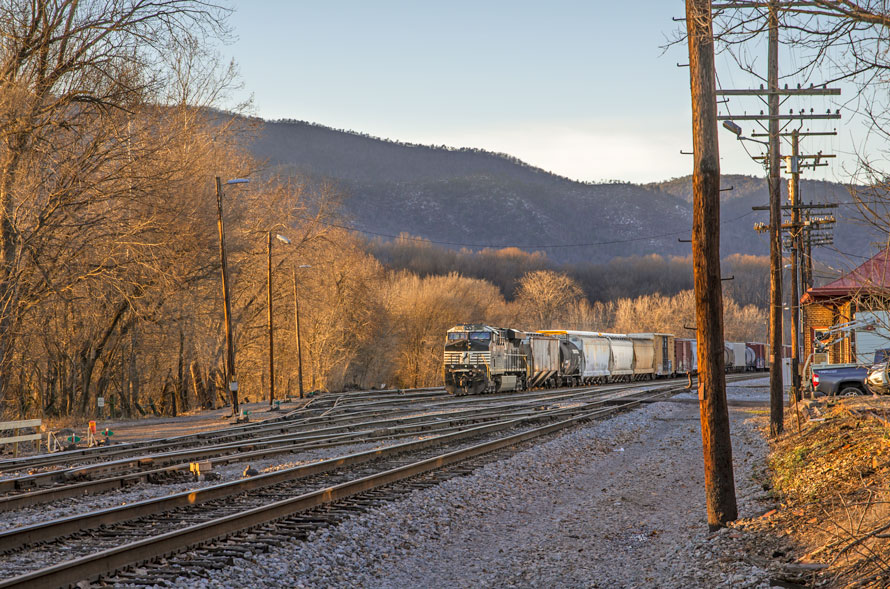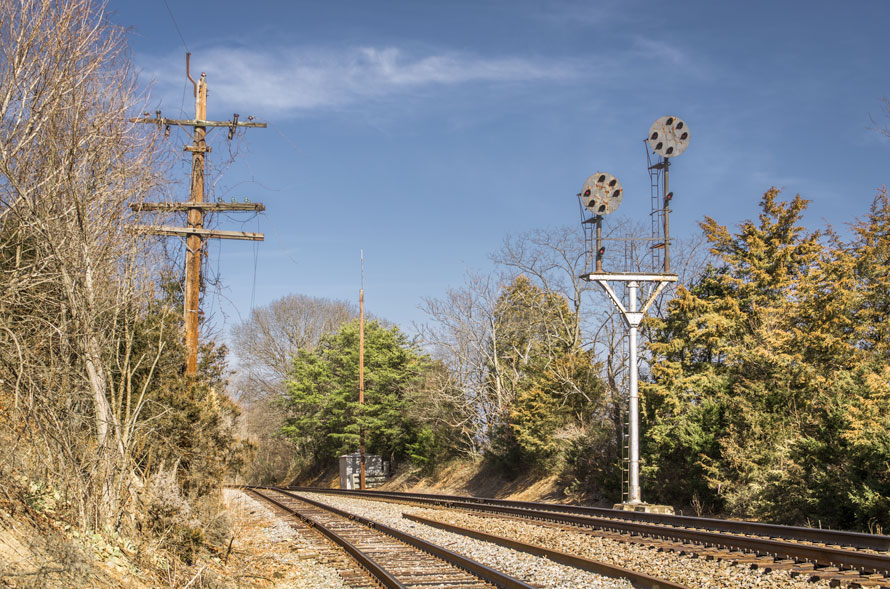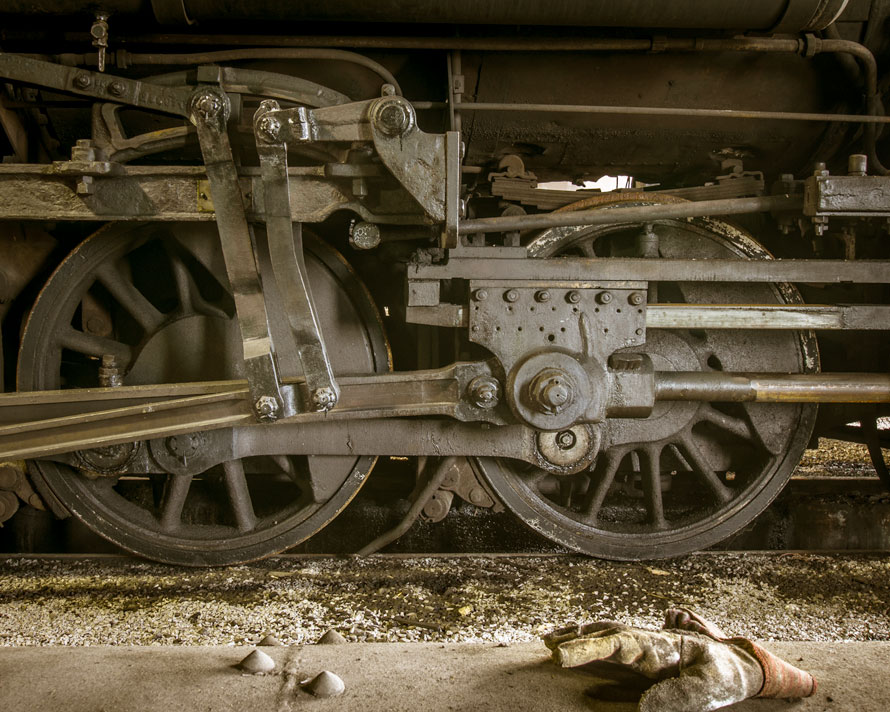The MDM Principle

I have about lost faith in the efficacy of New Year’s resolutions. Every year I resolve to understand trigonometry and become a better person, but so far I have made little progress on either of those resolution.
This year, I resolve to be a better photographer. To help me meet this goal, I have devised a simple guide, that I call the MDM Principle. The MDM Principle consists of the ideas represented by three words—More, Different, and Meaningful. The three words are easy to remember, and I hope they will keep me on track in 2019.
More

Of course, there is no virtue in mere quantity, but there is a tremendous benefit to be had in thoughtful quantity, otherwise known as practice. Practice builds fluency with the technical aspects of photography. Take more photos. Get out with the camera more often. Go to more places, and spend more time there. Look at more photographs and figure what makes them work, or not work.
Shoot more. It’s OK if most of the pictures suck. Those bad photos point the way.
Different

Try new things. Get out of the rut and be more different. Shoot what you normally don’t shoot. Shoot mostly trains? Try portraiture for a while and see what you can learn. Experiment, and try new techniques. Challenge yourself. Shoot some film, or use a phone camera if you are shooting only with a DSLR. Try doing some panoramas.
Meaningful

Many of the photographs that are most meaningful to me are the ones that bring back the memory of a time and a place—photographs of an experience, not a subject. It is not just about taking a picture. Look around, spend time just taking in the scene. Enjoy being there. Visit the same place again. See how the scene changes with the seasons. Make a series of related images. Talk to people. Tell the story.
Get to the heart of things.
So that’s my plan to improve my photography this year—the MDM Principle.
If it doesn’t make me a better photographer, maybe next year I will take another stab at learning trigonometry.
Edd Fuller, Editor
Interesting title and you seem to be focused toward composition of the photo but the real shame are that many many photos posted are not exposure adjusted properly and most of those folks can’t tell that a photo is underexposed and will argue when it is brought to their attention.
Richard, that’s a good point and I certainly don’t mean to downplay the importance of good technique, both in camera and in post. Learning the craft is certainly the first step to making good photos.
Someone asked Wegee how he took his great news photos. He said, “f16 and show up.”
Unless you’re Weegee, I’m not sure it is as simple as that, although you could certainly argue that showing up is the most important part. It’s about what you do when you get there, and for me, at least, it takes more than f/16 to make a good photo.
I always thought it was “f 8 and be there”, but it’s the same general idea. Weegee had a single technical aspect to his shooting style that mostly involved flash bulbs since he generally shot at night. I guess you could consider some of his work as portraiture although I’m not sure he’d agree with that. He captured the underbelly of NYC society and the news that happened around it. His tools of choice, a 4×5 press camera and flash bulbs, gave him the ability to capture the moments that he did. At that point in time there were not a lot of choices to use anything else so he mastered that technique and coupled it with his seemingly natural ability to sniff out a good story and capture it on film. His work was really an extension of his personality. He probably sucked at landscapes but was great at covering murder scenes. On the flip side, how many murder scenes did Ansel Adams cover. I’ve known and worked with many different photographers who’s work reflects a large part of their personality. Many specialized in just one aspect of photography because their personal interests are in that area of expertise. One example is food photography. Highly specialized because of the equipment and space needed to produce these shots. These people were either frustrated chefs that didn’t have the ability to cook or they simply loved to eat. How does this apply to photographing trains? Obviously one who takes on this endeavor loves machines and probably has a healthy appetite for history and gaining knowledge of their surroundings that goes beyond the average person. What extension of your personality lead you to shooting railroads and their surroundings?